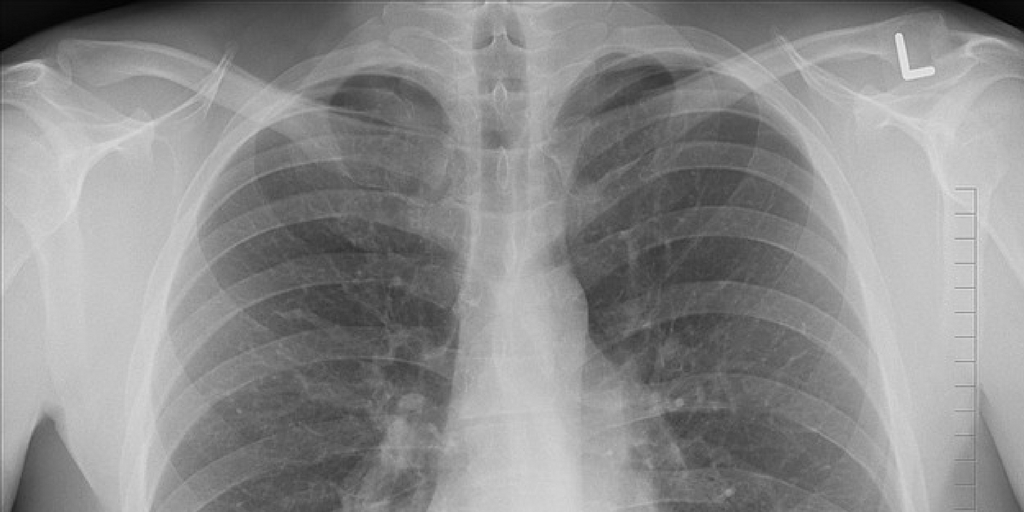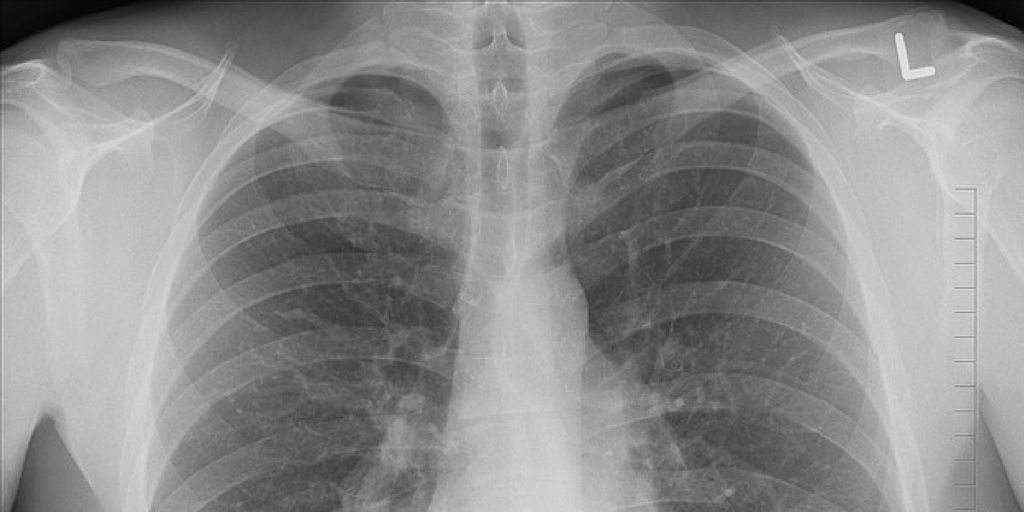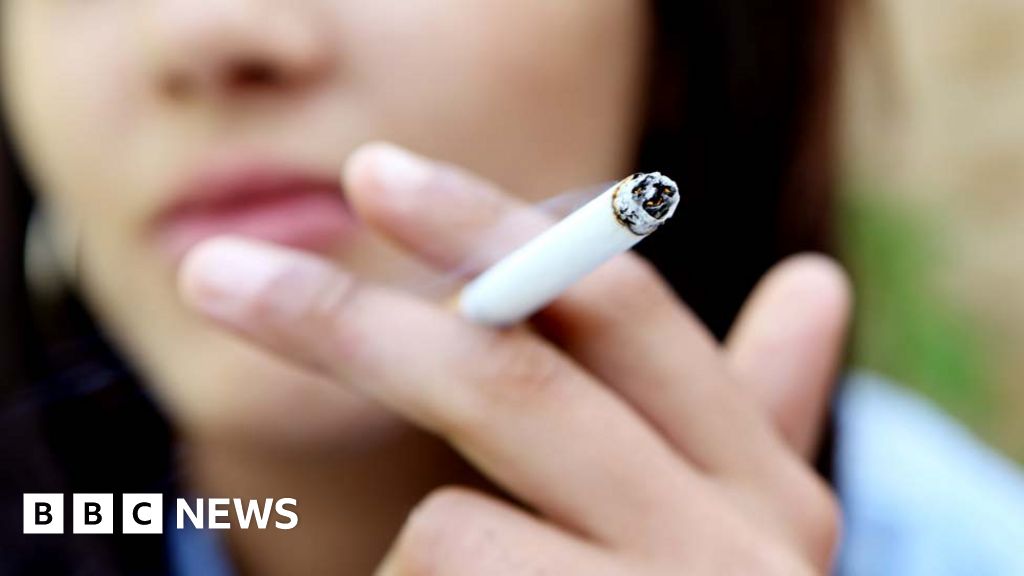Navigation
Install the app
How to install the app on iOS
Follow along with the video below to see how to install our site as a web app on your home screen.

Note: this_feature_currently_requires_accessing_site_using_safari
More options
You are using an out of date browser. It may not display this or other websites correctly.
You should upgrade or use an alternative browser.
You should upgrade or use an alternative browser.
More News
- Thread starter ARYANTO
- Start date
-
- Tags
- interesting latest news
Is that per ml of juice or ml of nicotine?
per ml of mixed juice whether theres nic or not.Is that per ml of juice or ml of nicotine?
applies to nicotine for diy as well as far as i know.
so, 30ml juice will go up by R100?per ml of mixed juice whether theres nic or not.
applies to nicotine for diy as well as far as i know.
Not applicable to DIY nicotine as yet, just for ready to use juicesper ml of mixed juice whether theres nic or not.
applies to nicotine for diy as well as far as i know.
Tax has been in place since June 2023 already, so this is just an increase on that. For a 30ml of premixed juice you would have paid R87.00 more since June 2023, now you will be paying R91.20 extraso, 30ml juice will go up by R100?
Thank you!Tax has been in place since June 2023 already, so this is just an increase on that. For a 30ml of premixed juice you would have paid R87.00 more since June 2023, now you will be paying R91.20 extra

Bad news for home solar tax rebates
It might be too late to benefit from the rooftop solar tax rebate if you have not already confirmed an installation date for a system before the end of February.
 mybroadband.co.za
mybroadband.co.za
Right my bad. Had half a clever moment there.Not applicable to DIY nicotine as yet, just for ready to use juices
You'll send people like me into a panic and re-reading the excruciatingly boring legislation again to see if I missed somethingRight my bad. Had half a clever moment there.
This part, take note specifically: "...indicated that the tolling infrastructure could be repurposed to detect average speed-over-distance violations."

 topauto.co.za
topauto.co.za

E-tolls are dead – Here’s what the gantries will now be used for
E-tolls are finally being shut down in Gauteng, but the tolling infrastructure will still be used to keep an eye on motorists.
Information Regulator slaps first spam calling company with enforcement notice
Information Regulator chair Pansy Tlakula said their leniency regarding telemarketing was at an end.
 mybroadband.co.za
mybroadband.co.za

Government breaks e-tolls promise — coming for people who refused to pay
Outa says it will fight government on its “irrational plan” to collect e-toll debt.
 mybroadband.co.za
mybroadband.co.za
The actual facts. Most actual aboriginals (And the NON MainStreamMedia sheep Aussies) voted NO because the YES vote was nothing more than a easy quick takeover by liberal lobbying globalists to get to the resources of the Aboriginal land and destroy Aboriginal councils, senators and political figures. In simple terms if you voted YES in AU its like voting NO to Brexit and stay slaves to the EU globalists. Which is what the AU Yes Voice is! The AU aboriginals loose ALL their actual power and voices in parliament and its replaced by NON elected radical globalists that will sell the Aboriginals out. BTW if Jacinta Price ran for PM today probably over 75% of all Aussies would vote for her. And she's Aboriginal! More common sense and integrity in her little toe than all the corrupt Australian politians from all parties combined.In theory I do agree.
but the wording on those laws were very unclear. and basically it was a change to the constitution with a "we will figure the details out later" approach.
there should be changes.
but if you want people to vote for those changes, at least tell them what the changes are before allowing them to vote on it.
See below.
First video:
Second video:


Last edited:

Air Sampling confirms secondhand vapor is harmless
Results clearly indicate that the amount of toxic substances present in the air where a lot of vaping is taking place, are of insignificant levels.
Air Sampling confirms secondhand vapor is harmless

The California Department of Public Health (CDPH), has been carrying out air sampling in vape shops throughout the state, as part of its initiative to determine the health effects of second-hand vapor exposure.
Earlier today in his blog, Public Health Expert Dr. Michael Siegel pointed out that the results for this report were obtained from a relatively small and non-ventilated vape shop, where many of the employees and 13 customers were actively vaping while the sampling was taking place, hence what would be considered a situation presenting a high level of exposure to second-hand vapor. However, given all these unfavourable conditions, the results still reported no dangerous levels of exposure to any hazardous chemicals.
Dr. Michael Siegel quote : “This study, although conducted under very high exposure conditions in a small, non-ventilated vape shop with many employees and customers vaping and clouds of vapor visible, did not document any dangerous levels of exposure to any hazardous chemical.”
The main results of the air sampling go as follows :
- Nicotine: Not detected
- Glycidol: Not detected
- Formaldehyde: 7.2 ppb
- Diacetyl: Not detected using standard method
- 2,3-Pentanedione: Not detected using standard method
- Acetyl butyryl: Not detected using standard method
- Acetoin: Not detected using standard method
- Acetone: Not detected
- Ethyl benzene: Not detected
- m,p-Xylene: Not detected
- o-Xylene: Not detected
- Toluene: Not detected
- Acetaldehyde: Not detected
- Acetonitrile: Not detected
- alpha-pinene: Not detected
- Benzene: Not detected
- Chloroform: Not detected
- d-Limonene: Not detected
- Methylene chloride: Not detected
- Methyl methacrylate: Not detected
- n-Hexane: Not detected
- Styrene: Not detected
Finally putting fears about formaldehyde to rest?
Dr. Siegel pointed out that the level of formaldehyde detected, is consistent with the levels normally found in indoor and outdoor air levels under baseline conditions, adding that the only other chemicals detected were ethanol (alcohol) and isopropyl alcohol.
This study (…) did not document any dangerous levels of exposure to any hazardous chemical.Dr. Michael Siegel
“This study, although conducted under very high exposure conditions in a small, non-ventilated vape shop with many employees and customers vaping and clouds of vapor visible, did not document any dangerous levels of exposure to any hazardous chemical. Nicotine exposure was essentially non-existent. Formaldehyde exposure was no different than in many indoor and outdoor environments at baseline. Acetone, acetoin, other aldehydes, toluene, benzene, and xylene were not detected. Chemicals that have been associated with “popcorn lung” were also not detected by the standard method.” stated Siegel.
No justification for governments to ban vaping
“This study adds to the evidence that under real-life conditions, secondhand vaping does not appear to pose any significant health risks.” concluded the public health expert. He added that whilst he himself has been behind many of the smoking bans that took place, based on this current evidence he fails to see a reason as to why governments should ban vaping in public spaces. “With regards to vaping, I just don’t see any reasonable evidence at this time that it poses any significant health hazard to bystanders.”
The CDPH has still not released any official data pertaining to this study – last updated on 04/07/17.

Latest Study: No lung damage reported following long term daily vaping
The results may provide some preliminary evidence that long-term use of ECs is unlikely to raise significant health concerns in relatively young users.
Latest Study: No lung damage reported following long term daily vaping
A long term study looking for possible lung damage after a cohort of non-smokers had used e-cigarettes daily for a number of years, indicated that these vapers suffered no lung damage, when their results were compared with those of non-vapers.

The study was conducted by the renowned Professor Polosa, who is Director of the Institute of Internal Medicine and Anti Smoking Center at the University of Catania, and last June received an INNCO Global Award.
Preliminary evidence that long-term vaping is unlikely to pose significant health risks
While the sample size was small, “the results of this study may provide some preliminary evidence that long-term use of ECs is unlikely to raise significant health concerns in relatively young users.”
Prof Riccardo Polosa and his team, followed a small sample of young adults who had never smoked but used e-cigarettes on a regular basis. The participants were followed and monitored for approximately 3½ years, and their results were compared with a control group of non-smokers who had never used e-cigarettes.
“We found no decrements in spirometric indices, development of respiratory symptoms, changes in markers of lung inflammation in exhaled air or findings of early lung damage on HRCT, when compared with a carefully matched group of never-smoking non-EC users.” reported the study authors. The researchers added that even the heaviest of users displayed no signs of lung damage or inflammation, and no changes in blood pressure or heart rate were observed.
Polosa’s study answers concerns about arterial stiffness
These findings answer the concerns raised by a number of medical professionals who were linking vaping arterial stiffness. In fact, a study presented at the European Respiratory Society (ERS) International Congress, held during September 2017 in Milan, Italy, had pointed out that vaping momentarily increases one’s vital signs and arterial stiffness.
In response to the above, Prof. Peter Hajek, who is the director at the Tobacco Dependence Research Unit, at Queen Mary University of London (QMUL), had pointed out that there are other things that have the same effect on the body and are considered irrelevant in terms of health risks. “This is a well-known stimulant effect of nicotine that has little relevance for health. Drinking coffee has the same effect, only greater and longer lasting (as does watching a dramatic football match).”
Further studies with larger samples required
Polosa’s study which was published on Scientific Reports, concluded that while the sample size was small, “the results of this study may provide some preliminary evidence that long-term use of ECs is unlikely to raise significant health concerns in relatively young users.” However, concluded the researchers, further studies with larger samples need to be carried out.

South African voters to receive three ballots in the 2024 election – what you need to know
South Africans will receive three ballot papers in this year’s general elections instead of the usual two.

Big changes coming to water supply in South Africa – what you need to know
Water Minister Senzo Mchunu plans to overhaul the national water industry – which includes tapping the private sector.
That all sounds dandy but let’s see if he can follow through…
Big changes coming to water supply in South Africa – what you need to know
Water Minister Senzo Mchunu plans to overhaul the national water industry – which includes tapping the private sector.businesstech.co.za

E-tolls to officially end next month
Gauteng’s freeway network will become non-toll routes from 11 April 2024.

MPs back smoking ban for those born after 2009
The measures, championed by PM Rishi Sunak, pass despite opposition by several leading Conservative figures.
Not that Boris isn't as much of a nutter, but his statement reflects my sentiments https://www.bbc.com/news/uk-politics-68787914
MPs back smoking ban for those born after 2009
The measures, championed by PM Rishi Sunak, pass despite opposition by several leading Conservative figures.www.bbc.com
I'm taking this up for sure!

 mybroadband.co.za
mybroadband.co.za

Takealot launches unlimited free delivery subscription
Takealot has launched a monthly subscription service including a plan that provides unlimited free deliveries and collections of orders on Takealot.com, as well as unlimited free Mr. D grocery deliveries.
 mybroadband.co.za
mybroadband.co.za

Say goodbye to Eskom as you know it
Former Eskom CEO André de Ruyter says the private sector will replace Eskom and take over electricity generation in South Africa.
 mybroadband.co.za
mybroadband.co.za
Similar threads
- Replies
- 0
- Views
- 14K
- Sticky
- Replies
- 14
- Views
- 3K
- Replies
- 0
- Views
- 8K
- Replies
- 0
- Views
- 10K




